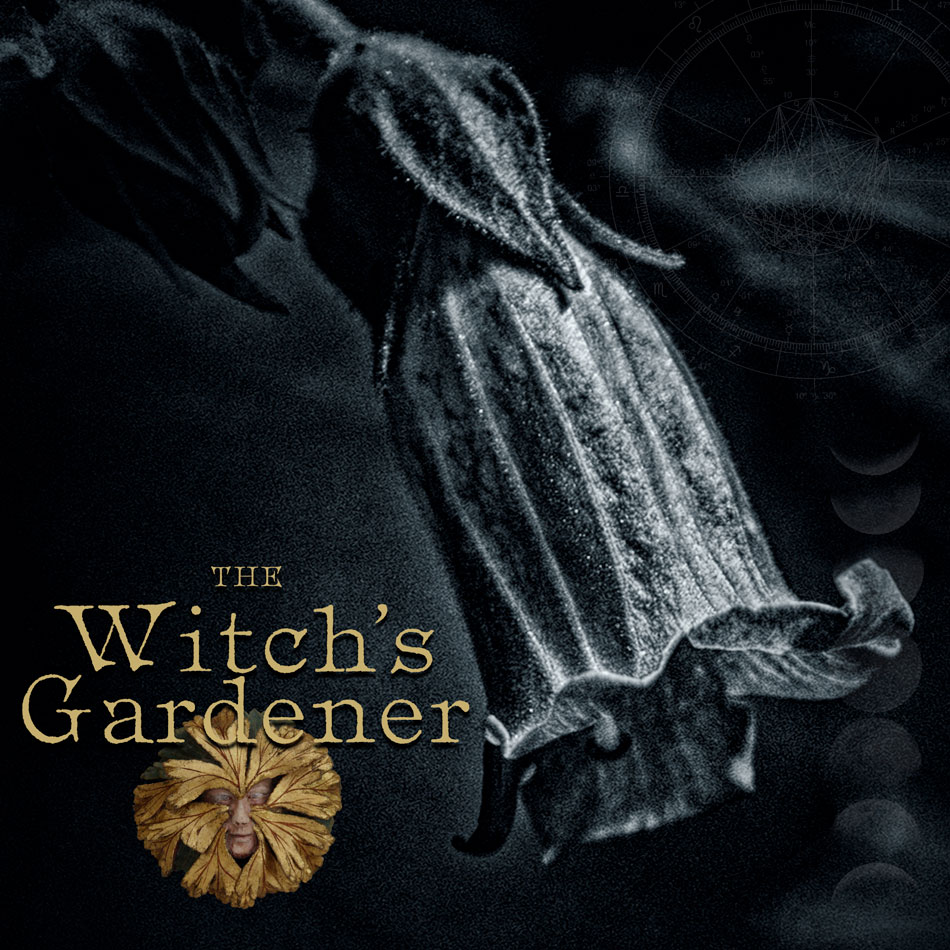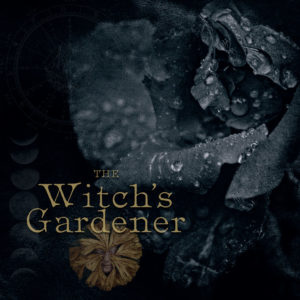The origin of the name Delphinium appears to be Greek, either named after Ajax, Apollo or dolphins, depending on which source you use. A stunning cottage garden plant in the witch’s garden for its color and vertical height, it also figures in the folklore of various eras. It’s believed to aid with vision and divination, […]
Black Tulips opening on April 27 sets a funereal mood for the front sidewalk
There’s a buried treasure in the front lawn which I’m slowly digging up. It’s a brick sidewalk, lain God only knows when, which has over time been covered over by dirt and grass. It used to stretch the length of the block and I’m sure in most cases it’s still there. I remember it as […]
Rue comes back in the witch’s garden, April 20
In the medieval era, Rue was believed to ward off plague and pestilence, which would come in handy of late. Shakespeare refers to it being effective for the memory, whilst Michelangelo and DaVinci used it to improve eyesight. It was also believed to keep witch’s away when planted near the door. Obviously not so effective […]
A Henbane potion to honor Apollo, or to treat madness or induce it as part of the witch’s flying potion, April 27, 2019
An early Henbane potion was dedicated to Apollo, the Greek god of healing and disease. A Henbane potion could cure the madness brought on by those under the influence of that other Greek deity, Dionysus and his own potions. In small doses however, a Henbane potion can be calming and act as a sedative, inducing […]
Wild Columbine poison … this colorful flower hides darker purposes in the witch’s garden, May 5, 2019
Can you make a Wild Columbine poison for the witch’s garden? Whilst reports vary, it seems that you’d need at the very least, a very high concentration of seeds or plants to make Wild Columbine poison potions. It’s said the Wild Columbine poison comes from the naturally occurring chemical Wild Columbine aconitine, also found in […]
Celebrating the Cowslip on May Day morning in the witch’s garden
Cowslip is a witch’s garden plant which s traditionally found by foraging. Know for its connection to May Day, divination and of course faeries, it’s been celebrated in folklore and by Shakespeare, for its connection to love.









